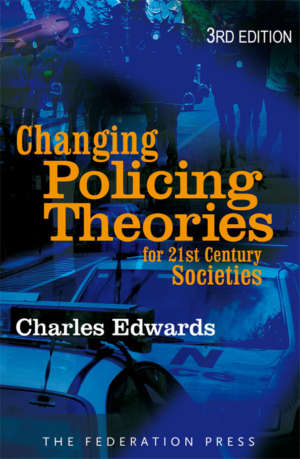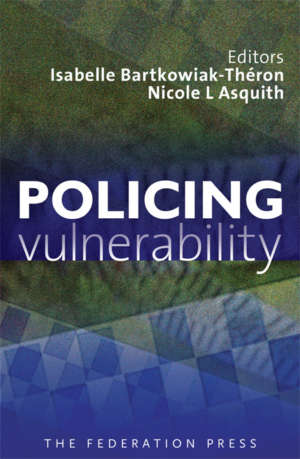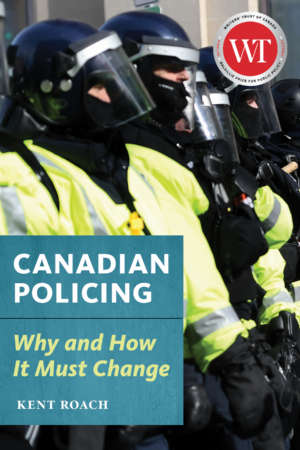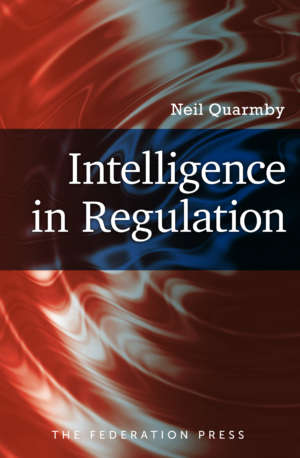Product Description
Once upon a time police were not allowed to unionise. Now they are among the most highly unionised of workers. When Police Unionise shows how that happened in Australia. More than that however – this book is a study of the contemporary politics of policing, about the generation of law and order politics in Australia since the 1960s, and about the implications of these developments for the way criminal justice systems work.
The highly publicised intervention of the Queensland Police Union in the 1996 Mundingburra by-election is the starting point for a study of the longer history of political activity of police. Set against an international context of increasing police militancy, the book examines the very early unionisation of police in Australia, the turmoil of police industrial relations during the inter-war decades, the combative approach of police commissioners like Blamey in Victoria and MacKay in New South Wales, the optimistic post-war alliance with the Australian labour movement, its collapse in the 1960s and the subsequent emergence of a more autonomous, belligerent and ambitious police union culture.
This is a critical appraisal of the politics of law and order in Australia, seen from the perspective of police in their role as workers and employees. The book helps us understand why police have the voice they do in public debates about crime, justice and policing – and why their impact is nevertheless limited by the play of politics in contemporary Australia.








